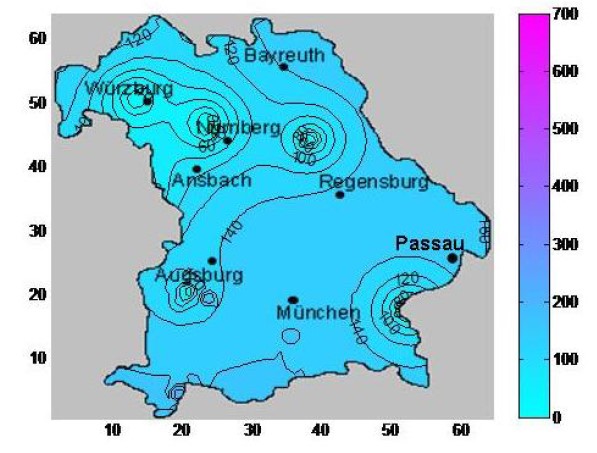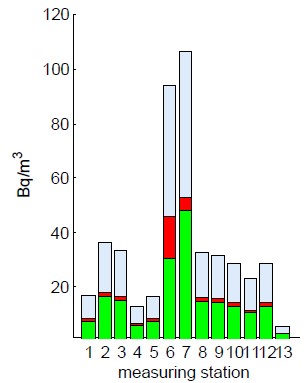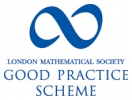You are here
- Home
- Research
- Research groups
- Statistics
- Bayesian Statistics
- Bayesian modelling of space-time processes
Bayesian modelling of space-time processes
This research investigates Bayesian forecasting models for realisations of time series processes in space that account for both temporal and spatial correlations.

Picture taken from https://towardsdatascience.com/understanding-gaussian-process-the-socratic-way-ba02369d804
One branch of this research area proposed a class of dynamic space-time Bayesian (DSB) models for the analytical modelling of radioactivity deposition after a nuclear accident. Those models are extensions of the multi-variate time-series dynamic linear models of West and Harrison (1997) to Markov random field processes. They combine the outputs from a long-range atmospheric dispersal model with measured data (and prior information) to provide improved deposition prediction in space and time. Gaussian DSB models were applied to the radioactivity deposition in Bavaria over a 15 days period during the Chernobyl nuclear accident in the period from 26 April to 10 May 1986. Spatial variances and covariances were allowed to adapt and ‘learn’ from data using the normal-inverted-Wishart conjugate Bayesian paradigm. There were two main sources of information for radioactivity deposition in our application: radioactivity measurements at a sparse set of 13 monitoring stations, and the numerical deposition evaluation of the atmospheric dispersal K-model for the points of a 64 x 64 regular grid. An analysis of the temporal predictions (one-step-ahead forecasting) by the DSB models showed that the atmospheric dispersal K-model tended in general to underestimate the deposition levels at all times while the DSB models corrected for that although with different degrees of adjustment.


Those are contour maps with the one-day ahead forecasts by the best DSB model (made the day before) of the total near-ground radioactivity deposition (in Bq/m3) in the Bavaria region for the 1st May 1986, and the measured depositions on the 1st May 1986 at each of the 13 measuring stations.
More details about the DSB models can be found here.
Potential further research in this area involves an extension of the DSB model to a matrix-variate formulation to allow the inclusion of covariates (such as measures and forecasts of rainfall, temperature and wind fields). Extension and application of the proposed methodology to pollution processes in general is also another topic for future research.

